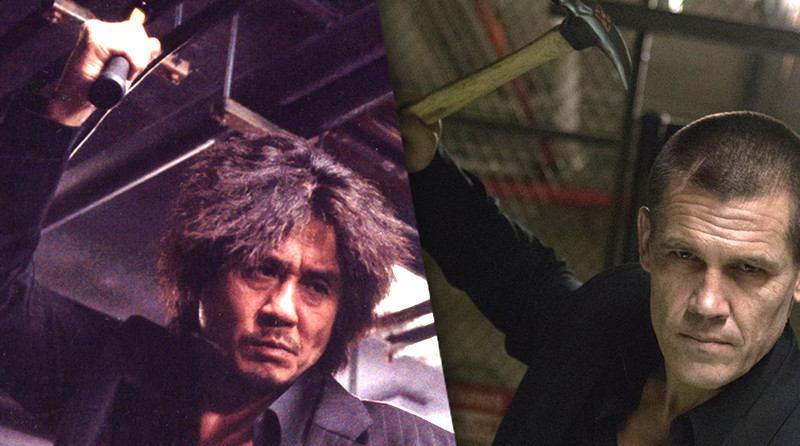
Gene Siskel once said “If you are going to remake a movie, then remake a bad movie.” A piece of advice that Hollywood often ignores, doing reboots, remakes and re imaginings every other month of the year. One such type of movie that often gets encumbered with dull remakes are those that fall into the foreign film category.
It’s not to say that all remakes of foreign films are bad, and some of the remakes on this list are actually mildly enjoyable to watch. But in comparison to the original movies they are disappointing at best and shockingly abysmal at worst.
Here is a list of great foreign films with sub-par remakes:
1. Ringu (1998) / The Ring (2002)
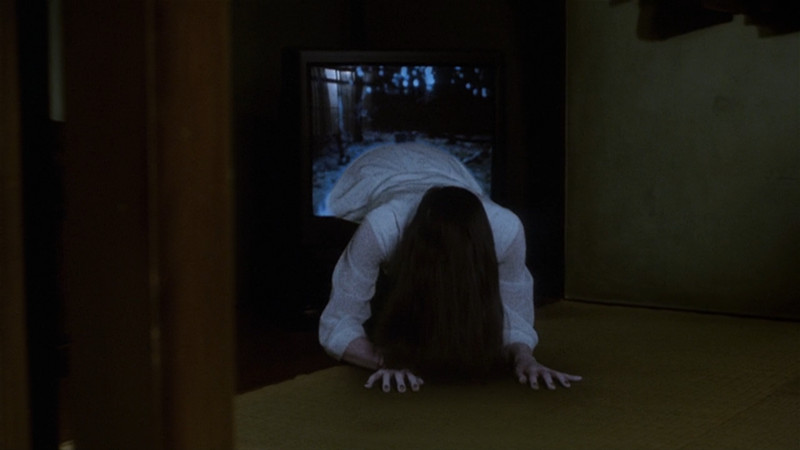
What’s the movie about: A reporter Reiko Asakawa is investigating a supposedly cursed videotape and manages to get hold of a copy of it. She watches the tape and shortly afterwards, the phone rings. A voice on the other end of the line tells her she will die in seven days. Reiko desperately tries to discover the origins of the tape in order to save herself.
Differences between the original and remake: The cursed videotapes are markedly different from one another. Ringu’s is short, creepy and to the point, whereas The Ring’s cursed tape looks like the music video for a popular prog rock band. The villain Sadako is left relatively unexplained in Ringu in order to keep her creepy and mysterious.
The Ring makes the mistake of giving her too much of a back story, which not only takes away all the mystery but also makes her more of a sympathetic character. That’s not what the audience wants out of its murderess little ghost girls.
Why is the remake sub-par: The Ring really paved the way for other J-horror remakes (in fact there are three on this list alone). The problem with the remake is this long running idea that gore equals horror in Western horror movies, and the Japanese have a completely different style, tending to go down the more psychological route.
Sometimes less is more. Ringu manages to maintain an incredibly sinister level of tension the entire way through its storyline and the dread the audience feels grows larger and larger the closer Reiko gets to the truth. Whereas The Ring settles for jump scares and an over reliance on special effects and violence.
For example, The Ring has added in a scene where a horse jumps off a ferry to its death, only it doesn’t just die, it gets shredded by the propellers and blood churns out in the water. It’s not really a scary moment and it adds nothing to the plot. The Ring isn’t a bad movie by any means, but it’s just not at the same level as the psychological terror of the original.
2. Ju-on (2002) / The Grudge (2004)
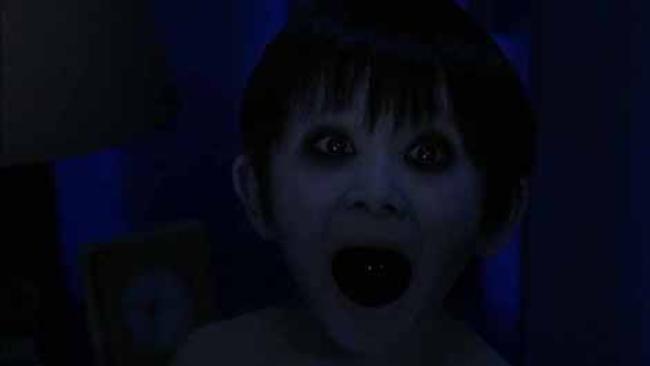
What’s the movie about: Kayoko and her son are murdered by her husband Takeo. The trauma of the event causes Kayoko and her son to be revived as onryō, a traditional Japanese vengeful spirit and they, in turn, curse the house. Kayoko murders her husband as a ghost and then haunts, terrorises and eventually kills anyone else who dares to enter her home.
Differences between the original and remake: Ju-on has more of a desperate feeling to it. There is no escaping the curse, whereas The Grudge is more about the lead character attempting to destroy Kayoko before she can kill her. The Grudge also adds in a slightly tedious detective subplot.
Why is the remake sub-par: The Grudge makes the strange decision to keep the movie set in Japan but with a cast that is 99% white and American. In fact the only non-American characters are the ghost family (obviously), a female hospice worker and a detective who is looking into all of the weird murders in his district.
Takashi Shimizu directed both Ju-on and The Grudge which might explain why he chose to keep the movie in Japan, but unfortunately his style doesn’t really work that well with a heavily Western screenplay and it seems a little odd to see that many Americans in such close proximity to each other in a foreign country.
If The Grudge had been given more of a distinctive feel and moved further away from Ju-on it might have been able to stand up to the original, but in the end all it became was a watered down version of Ju-on.
3. Old Boy (2003, Remake 2013)
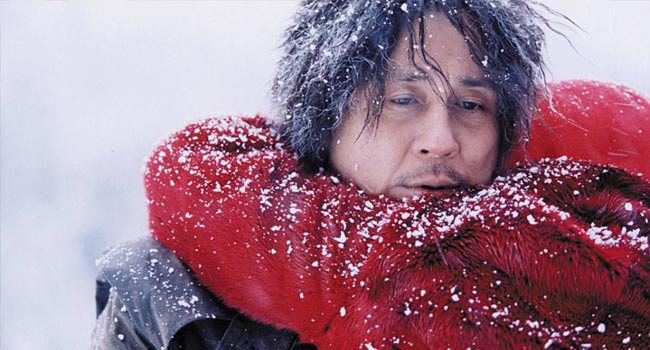
What’s the movie about: Dae-Su is a foul mouthed drunk who bounces from bar to bar. One night he is kidnapped and imprisoned for fifteen years. He is suddenly released and his captor challenges Dae-Su to find him. He stumbles into a woman called Mi-do, who decides to help him on his mission and they fall for each other.
Differences between the original and remake: There are a lot of minor differences and one big difference. Some minor ones for example, in the remake he is imprisoned for twenty years, five extra than the original.
The infamous hammer fight scene that was filmed in one shot has been completed destroyed for the remake and a scene in the original movie where Dae-Su eats an octopus alive has been replaced in the remake by the guy just looking at an octopus instead. The ending is markedly different to the original.
Why is the remake sub-par: The ending of the original Old Boy has Dae-Su’s captor Woo-jin reveal that, as a direct result of Dae-Su’s actions when he was young, Woo-jin’s sister killed herself, so in an elaborate revenge scheme he has used hypnotic suggestion to lead Dae-Su to Mi-do in the hopes that they would fall in love, because Mi-do is actually Dae-Su’s daughter.
As revenge schemes go, it’s pretty brutal. Woo-jin threatens to tell Mi-do but Dae-Su placates him by cutting out his own tongue. He then leaves and visits a hypnotist so he can forget that Mi-do is his daughter and they can be together. In the remake, Spike Lee completely removes all of the movie’s teeth and instead opts for a soft ending.
There is no tongue removal and instead of choosing to be with his daughter romantically, instead gives her some wealth and disappears from her life. Spike Lee has picked an incredibly violent movie with a harsh storyline and attempted to smooth down all of the edges, removing everything that make the original movie so unique.
4. Nathalie (2003) / Chloe (2009)
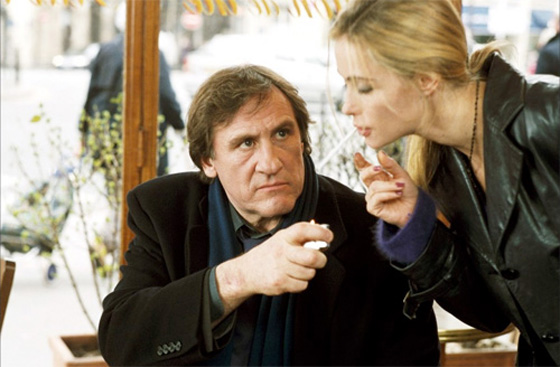
What’s the movie about: Catherine believes that her husband is cheating on her, so she hires a prostitute called Nathalie to have an affair with him and report back to her. During this process Catherine and Nathalie get closer and closer until eventually they have sex with each other, causing Nathalie to fall in love with Catherine.
Differences between the original and remake: There is a genre change from art-house erotica to more of a thriller drama. The endings are also hugely removed from one another and the main reason that the remake isn’t that great in comparison.
Why is the remake sub-par: In the original movie Catherine reaches the end of her relationship with Nathalie having regained her husband and Nathalie is left to deal with her unrequited feelings for Catherine. Chloe takes a big step away from this softly spoken ending and instead spirals into a bizarre and ridiculous single white female-esque twist ending.
Chloe, in a fit of jealously, sleeps with Catherine’s son and then threatens to stab her with a hair pin. Catherine responds by pushing her out of a window. Chloe grabs onto the window frame but then deliberately lets go and falls to her death. T
he entire point of Nathalie was for Catherine to get over her sexual hangs up and be able to comfortably have sex with her husband without feeling shame or taboo, and for Nathalie to realise that there is more to having a relationship than sex. Chloe devolves all of this complexity to a silly, almost offensive, thriller twist.
5. The Eye (2002, Remake 2008)
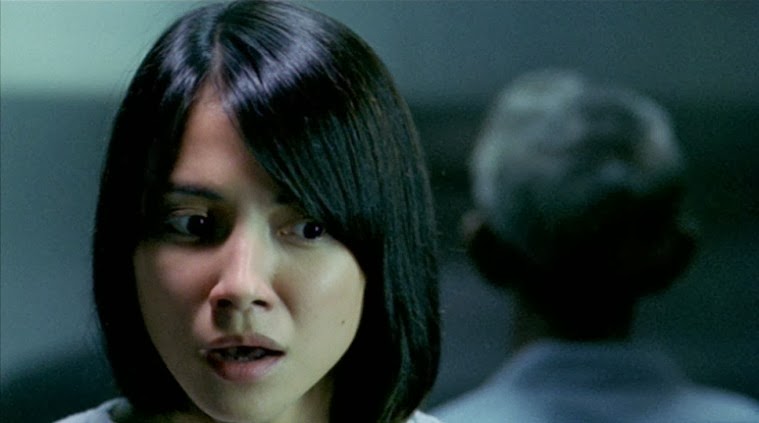
What’s the movie about: After being blind her whole life a concert pianist Wong Kar Mun regains her vision from a cornea transplant. However she begins to see ghostly apparitions and believes the eyes are to blame. She attempts to track down who they originally belonged to in order to free herself from the horrifying visions.
Differences between the original and remake: There are small bits where the storylines differ and they are both shot in different locations. The Eye was originally shot between Hong Kong and Thailand whereas the remake bounces between America and Mexico. The main difference is more tonal than anything else and a minor change to the ending.
Why is the remake sub-par: The original version of The Eye moves at a far more sedate pace, choosing to reveal things slowly to the audience. The remake, by comparison, is really frenetic, fast paced and kind of all over the place. The remake also has the classic Hollywood desire of a happy ending.
In the original movie, an accident has blocked the road, Wong sees dozens of ghostly silhouettes and she realises that everyone on the bus she’s travelling on is going to die. She runs off the bus and tries to warn everyone, but understandably they think she’s crazy and they stay on the bus, dying horrifically in a gas explosion, which causes glass to ruin Wong’s eye sight once more.
In the remake, Wong, or rather Sydney as she’s called, manages to save the day, rescuing everyone off the bus and a little girl trapped in a car just in the nick of time, before losing her eye sight in the same way. It’s the need to wrap everything up in a neat bow that ruins the Western version of The Eye. The original has a fairly depressing ending, but not every movie has to end happily and in this particular case, the movie was better off for it.